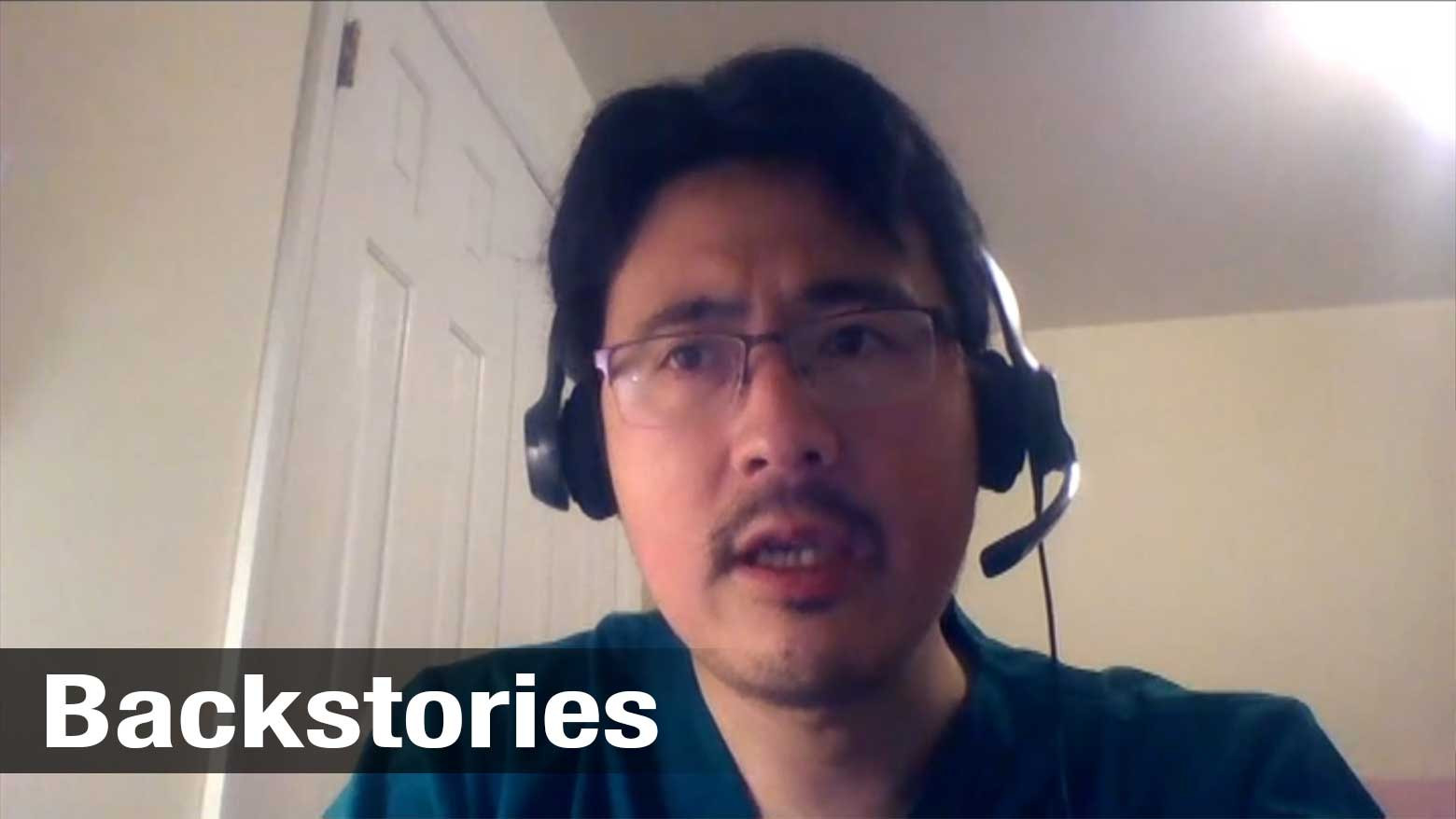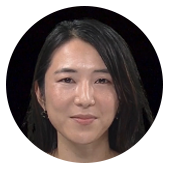NHK spoke to Dr. Ishikawa Genta, an Intensive Care Unit doctor at Mount Sinai Hospital in New York City on April 9th. The interview has been edited for clarity and brevity.
What’s the situation you face at work every day?
The number of patients at my hospital has been shooting up. Around two weeks ago, we had about 60 to 70 COVID positive pneumonia patients who were on intubation. A few days ago, this number was around 120 to 130.
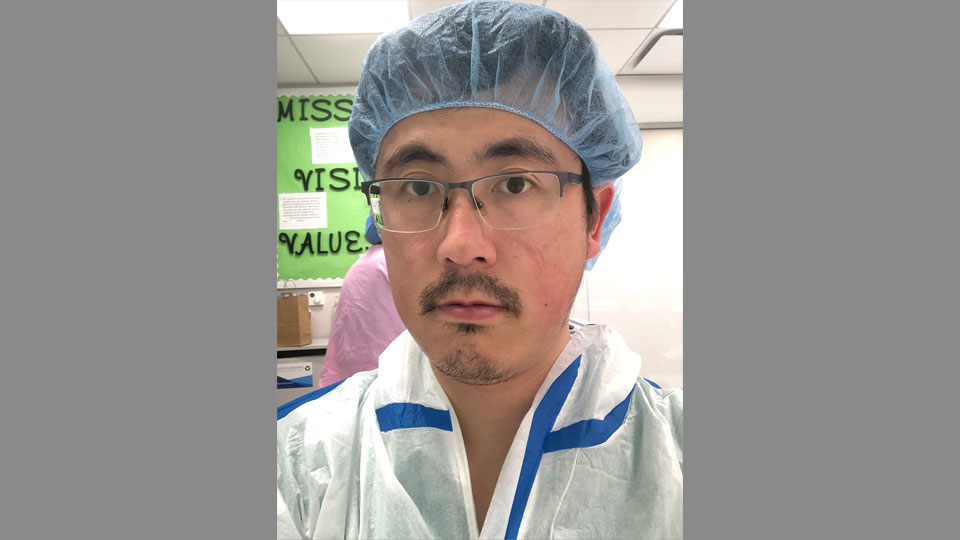
How do you handle such an influx? Are you able to treat everyone?
We’ve closed outpatient clinics and canceled non-emergency surgeries so we can devote all our manpower to tackling this problem. For example, our COVID ICU team has cardiologists, who are good at caring for the patients, surgeons and interventional radiologists, who are good at procedures like inserting intravenous and central lines, and palliative care doctors, who know how to talk to patient family members and update them on conditions.
Before the outbreak, we had a lot of non-COVID patients in the ICU, They’ve all been transferred to the operation room or the post-anesthesia care unit so we can dedicate the ICUs to COVID cases. We’ve also built five to six new ICUs with 10 to 20 beds each for COVID patients. And to handle the increasing volume, we’ve started assigning two patients per room.
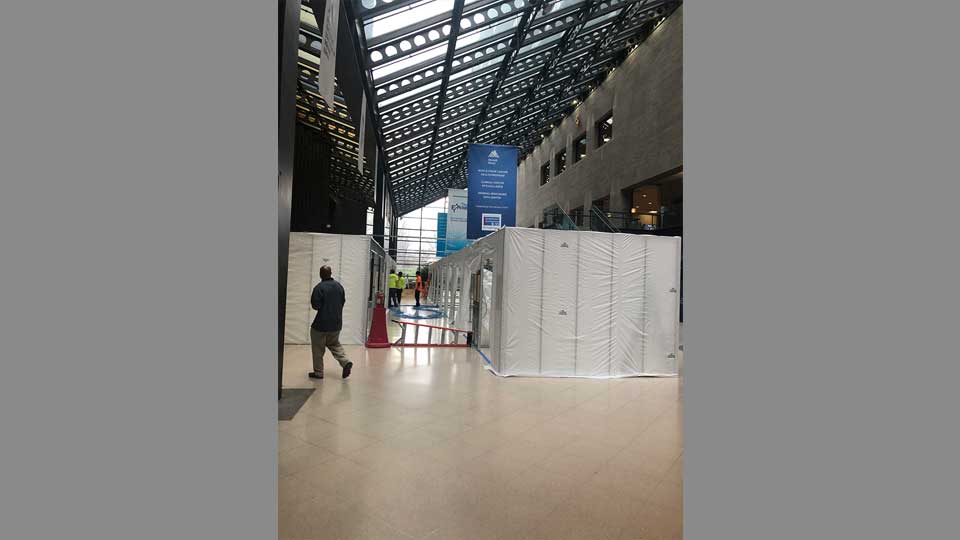
Do you have enough supplies and equipment, including ventilators?
Yes, my hospital can still accommodate incoming patients with ventilators. We have enough for another week or two. But after that, who knows. If the number of patients continues to increase, I can see a serious shortage in the future. To prepare for this, the hospital is testing if we can use one ventilator to treat two patients. We haven’t started yet but I think this could be a helpful solution.
Also, at the pulmonary division, which is where I work, our leadership is trying to adjust home ventilators, which are mainly used for obstructive sleep apnea patients. We’re testing to see if we can use these in the ICU.
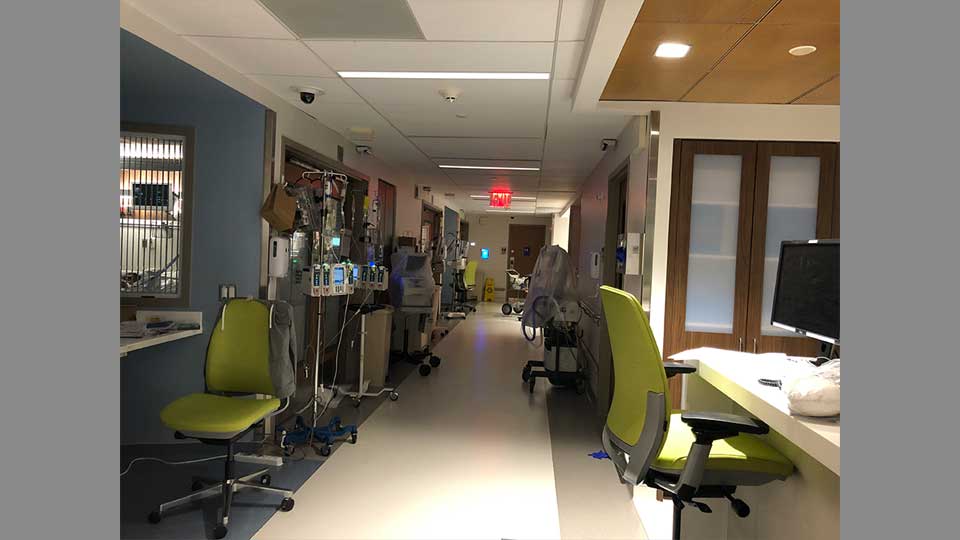
What do you expect to happen in the coming weeks?
Thanks to the efforts of the people of New York, the curve is flattening. Fewer patients are coming into the ICU. But we have to be very careful and continue to comply with all recommendations from the New York state or federal government. We have to be patient.
What can other cities learn from New York?
From my experience working at an ICU, I can say the coronavirus is a deadly virus. I’ve seen patients in their 30s, 40s, and 50s be put on intubation. It’s not just the elderly. I want to ask everybody to stay at home. That’s how you prevent a surge. That’s going to prevent a lot of patients coming and overwhelming the hospitals. That’s going to ease the burden on ventilator supply, and on ICU beds. If the hospitals are overwhelmed, then we can’t offer the best medical care to all patients. We’ll have to make cruel and brutal decisions, who should I put on a ventilator, who should I place in an ICU bed. If you stay home, you save lives.
On the bright side, this will end eventually. It might be one month, it might be three months, it might even be one year. But it’s going to end eventually. So please, bear with us and stay home. We can fight this together.
